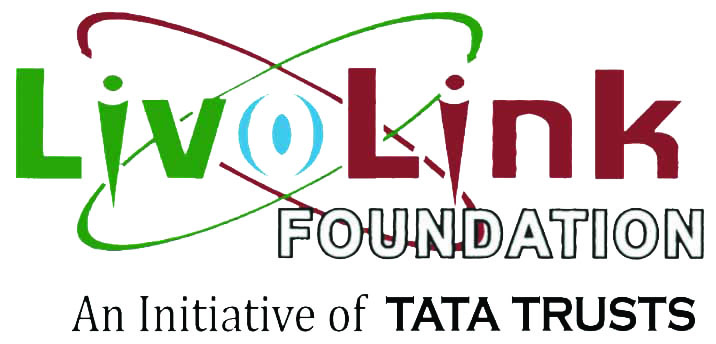Skip to content
Taking Odisha towards Elimination of Malaria
Highlights of the major achievements (2016-17)
Important Milestones
- Positioning of Human resources – 259 village health volunteers, 31 Clustercoordinators, 5 block coordinators, 2 district coordinators, 1 manager (M&E) and 1 Programme Manager are engaged to support the initiatives.
- Capacity Building – 561 (484 village health volunteers,68 cluster coordinators and 9 core team members) have been trained on malaria, malnutrition, MIS formats, mass screening, management of snake bite and monitoring of malaria control activities.
- Grounding of Project in the inaccessible pockets– A total of 195 most inaccessible villages as proposed by NVBDCP were validated and their profiles were developed.
- Base line study – Base line study has been conducted by NIRTH in 143 sample villages.
- Studies on HRP2 and G6PD: 2 studies have been initiated by NIRTH at CHC, Biswanathpur of Kalahandi district.
- Mass Screening Camp– Mass Screening camps were conducted directly in 147villages covering of five blocks. A total of 30500 people were screened for malaria. 5067 people were found to be malaria positive. 22.41 % of the total children tested were malaria positive. In the inaccessible areas the malaria prevalence was27.76 % and that of U-5 children is 41 %.
- EDCT-12145fever cases have been screened for malaria by VHV/SwasthySathies during the reporting period and 4753 positive cases have been treated. In direct implementation villages through LIVOLINK FOUNDATION EDCT was started fromJune 2017. 3473 fever cases have been screened for malaria and 1554 people were diagnosed with malaria positive.
- Facilitating Quality IRS: IRS has been facilitated in 171 villages with more than 70 % coverage. In lanjigarh block VHVs and local youths have under taken IRS in 75 villages,whereNVBDCP provided support for training, pumps and DDTs.
- LLIN Distribution and Usage: Distribution of LLIN ensured in 549 programme villages. 10780 double nets and 6744single nets have been distributed in 232 direct implementation villages. The team members are sensitising the community for regular use of LLIN through IPC and meetings.
- Destruction of breeding sites: A total of 133 no of breeding sites have been destroyed with active participation of 87 no of community members.
- Development of Communication Tools – A short film on malaria, posters, outdoor hoardings, Puzzle for children, wheel reveal and cards have been developed for having malaria campaign throughout the state.
- Development of He Mo Clo application for tab based MIS: To record information related to health at the village level by Village Health Volunteers, a user friendly application named He Mo Clo has been developed by MOBILITAS. It has been piloted in selected villages. The application is now operational.
- Portable digital Microscope: The portable digital microscope was designed in collaboration with Medprime technologies pvt ltd after a series of modifications as proposed by NVBDCP-Odisha. It is now being piloted in 9 locations across Odisha.
- Sensitization of School Children on Malaria: 70 no of school sensitization programmes were conducted on malaria.
- Management Information System– MIS formats including Fever, birth and death records have been developed.
